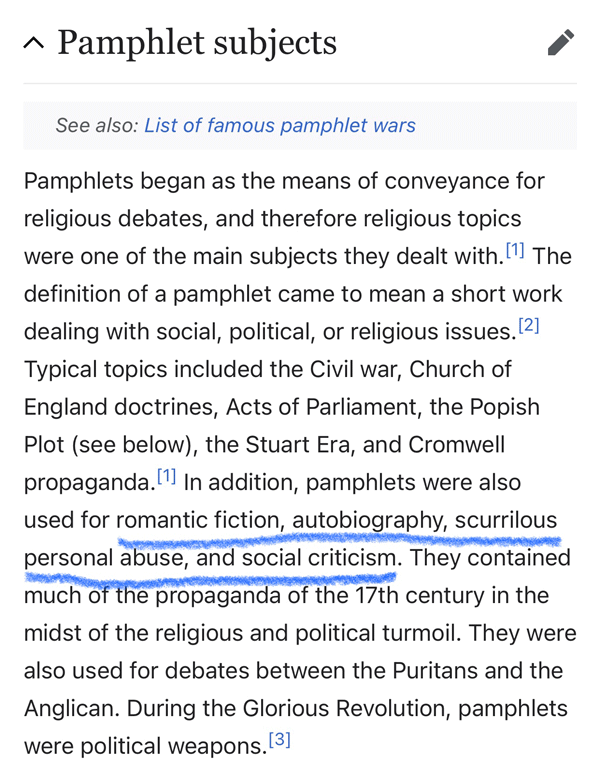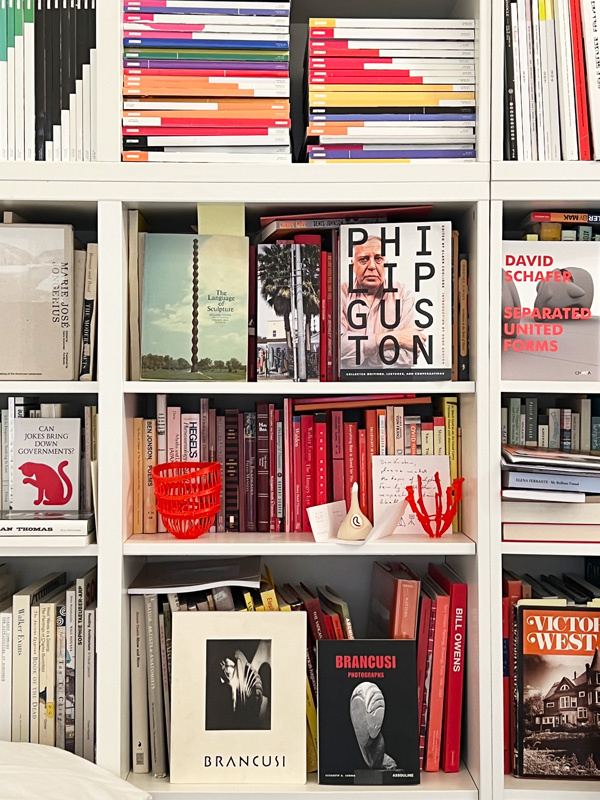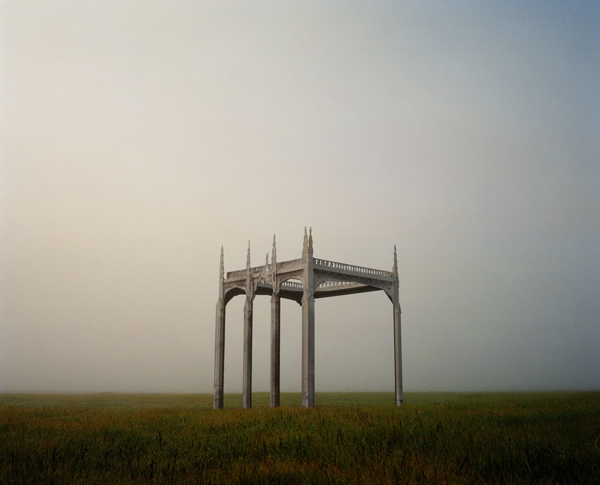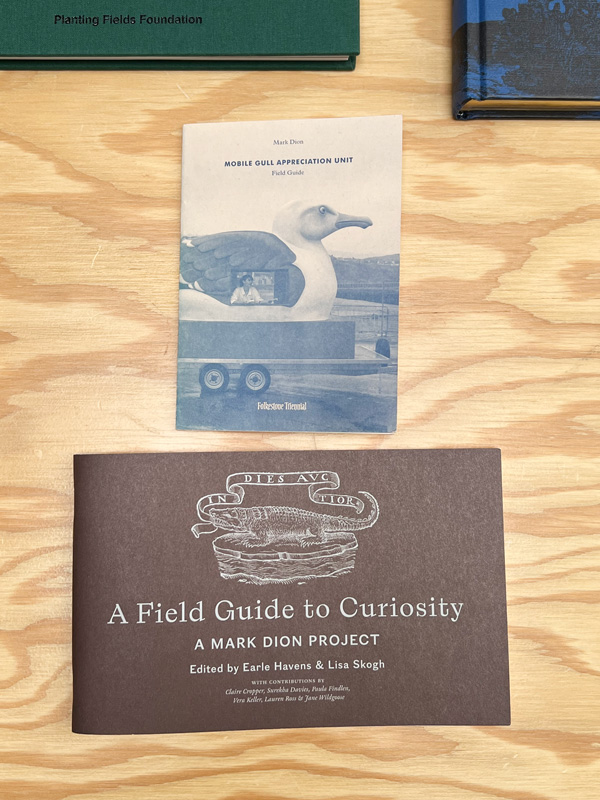Everything I touch turns into a collection of quotes. My fridge, front door, this blog, my actual commonplace book, every journal and computer monitor I’ve ever owned.
Reading is amaze, but the next-level question is how and to what extent we might engage with what we’ve read. The best bits I can’t help but want to inhale into my most micro-alveoli for every molecule of oxygen they give. Been a moment since my last quote dump, so here goes.
In 1961, Irina Tweedie traveled to a remote city in India and became the first woman to be accepted as a disciple in the Naqshbandiyya Sufi tradition. Her teacher, Bhai Sahib (Mahatma Radha Mohan Lal Ji), asked her to keep a journal, and for the next 6 years, she wrote a daily account of his teachings and her experiences, later published as Daughter of Fire. For the past year-ish, this doorstop of a book has been my occasional guide to unlearning. Below are a selection of excerpted quotes, all from Bhai Sahib.
“There are different kinds of hearts. Everyone loves according to one’s capacity. Things will be done through you. At first you will be the postbox; only later you will do things knowingly—you will know what you are doing.
And what pride can there be, for we flow where we are directed.
The saints are like a flowing stream, they flow where they are directed.
Don’t worry if what you say is right or not; it is not you who says it.
All the knowledge you need will come to you automatically, not the least doubt about it.
Speaking of knowledge Bhai Sahib repeated what he said so often: It is not given on the mind level, it is infused.
Knowledge comes through the heart… from the heart to the mind.
Yes, do not run after explanations; some things will be told in words; some have been told already; some are infused; no speech is necessary. They are reflected from heart to heart; your mind knows nothing of it; but it will come up when you need it.
Always remember that some sort of doubt, some sort of imperfection will always remain.
If you want the truth, there is an urge from your side and a swiftness from the side of truth. If you want the truth, truth wants you.
All the doubts, the trouble the mind gives you, do not really interfere with love. Not really. The mind tries, but the love is not really affected.
The human being is love, and Love loves the human being.
If one loves and then loves not, this is not love. Love must be constant, no matter what happens.
Love is without reason.
People want different things; they are after different things. They get it. Never more than what they want.
At the root of every virtue is courage. Live in a way that you are everything and you are nothing.
If you feel the impulse to say, say it. To act on inspiration, without a particular desire, is the thing.”



